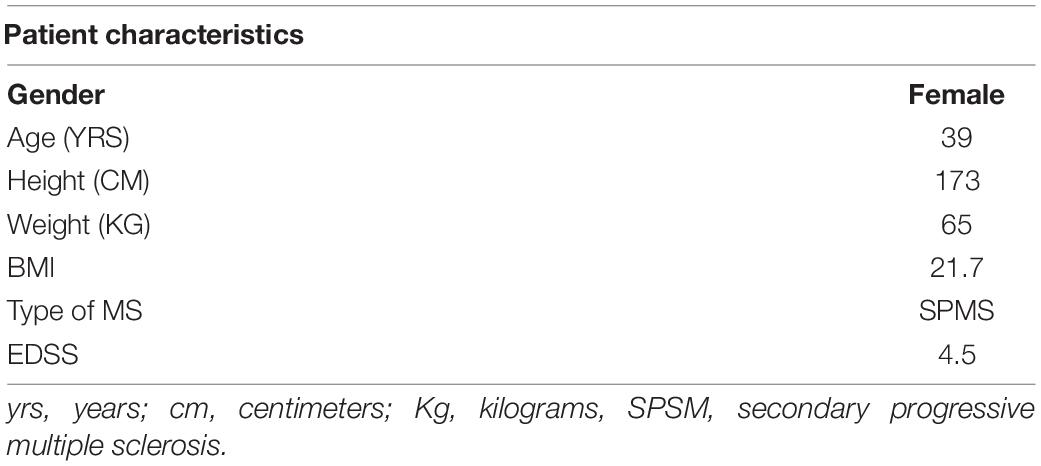

All study subjects were maximized on their pre-existing rehabilitation regimens prior to initiation of baseline testing. Baseline AIS, upper extremity motor exam portion (UEMS), and Action Research Arm Test (ARAT) 14 clinical scores were assessed prior to study interventions (Fig. Subjects were enrolled based on the inclusion-exclusion criteria (Table 1) of traumatic cervical spinal cord injury, American Spinal Injury Association Impairment Scale (AIS) B 13, greater than 12 months from injury, lesion level at C5 or above, and stable motor function as documented by sequential clinical exams (Fig.

#REGGIE LEVEL EDITOR 3.5 TRIAL#
The clinical trial was registered with prior to any subject enrollment (identifier NCT02313194, registered ). All experimental procedures were carried out in accordance with institutional guidelines and regulations. The University of California, Los Angeles Institutional Review Board approved all procedures associated with this study. Written informed consent was obtained from each subject prior to enrollment in the study. Voluntary upper limb function was evaluated through measures of controlled hand contraction, handgrip force production, dexterity measures, and validated clinical assessment batteries. In this study we examined the effects of stimulation alone or in combination with buspirone, a monoaminergic agonist, in six chronic AIS B cervical spinal cord injured human subjects. It remains to be determined if combinatory strategies, such as the pairing of electrical stimulation with pharmacological agents 11, 12, will lead to a synergistic therapeutic effect for upper extremity functional restoration as seen in animal models.

Similar results have been attained non-invasively with transcutaneous electrical spinal cord stimulation in paraplegic human subjects 10. The efficacy of epidural spinal cord stimulation has been demonstrated in chronic paraplegic SCI subjects, leading to the recovery of both lower-limb volitional control and postural function 7, 8, and has only recently been shown to restore volitional upper extremity function in chronic tetraplegic SCI subjects 9. While pharmacologic agents 4, intense motor retraining 5, and epidural spinal cord stimulation 6 have shown promising results for locomotion restoration in the laboratory setting, their potential for upper extremity functional restoration in humans are under active investigation. Surveys of tetraplegic SCI subjects have revealed that regaining upper extremity and hand function ranked most important 3, as even partial restoration of lost upper-limb function will greatly enhance quality of life. The societal and personal impact of SCI are significant, due in large part to the peak incidence age of 30 or younger 2. Over 2.5 million people are afflicted with chronic spinal cord injury (SCI) with over 130,000 newly afflicted individuals each year worldwide 1. The potential impact of these findings on individuals with upper limb paralysis could be dramatic functionally, psychologically, and economically. We demonstrate that, with these novel interventions, cervical spinal circuitry can be neuromodulated to improve volitional control of hand function in tetraplegic subjects. Some functional improvements persisted for an extended period after the study interventions were discontinued. In aggregate, mean hand strength increased by greater than 300% with transcutaneous electrical stimulation and buspirone while a corresponding clinically significant improvement was observed in upper extremity motor scores and the action research arm test.

Repeated measure analysis of variance was used to evaluate functional metrics, EMG amplitude, and changes in mean grip strength. The combined effects of cervical electrical stimulation alone or in combination with the monoaminergic agonist buspirone on upper limb motor function were determined in six subjects with motor complete (AIS B) injury at C5 or above and more than one year from time of injury.


 0 kommentar(er)
0 kommentar(er)
